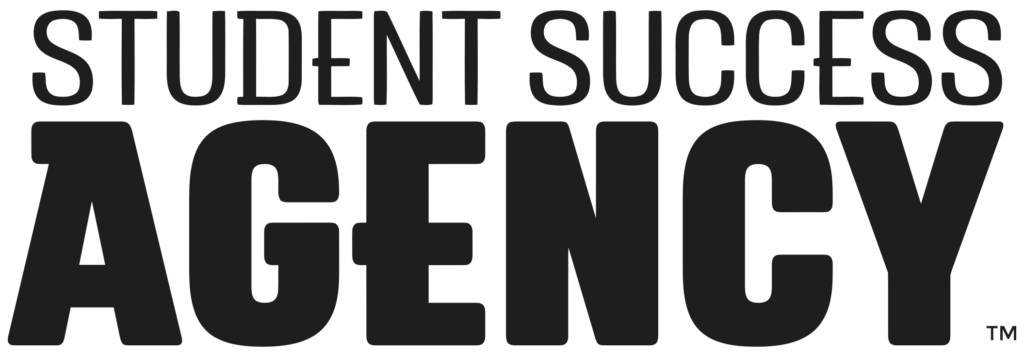The COVID-19 pandemic won’t beat us.
Americans remain resilient in the wake of the pandemic. Although it put most Americans through long quarantine periods during 2020, we’ve come out the other side.
It’s taking some time but life as we know it is getting back to normal. It may not be normal we knew in 2019, but it’s normal nonetheless.
But bringing things back to normal involves solutions to some complex problems. One of these problems is postsecondary education.
There have been a lot of questions about what education would look like with the drastic change that has taken place in the last two years. All levels of government have been able to step in and provide the aid that our education system needs.
There’s a lot of information to cover, so let’s get going.
What Are ESSER Funds?
ESSER stands for the Elementary and Secondary School Emergency Relief Fund. These funds are available to help postsecondary education programs get back on track after the COVID-19 pandemic. The Federal Government’s stimulus bill is a part of the ESSER funds. Individual states are given access to these funds to promote a safe learning environment for the children in their programs.
One thing America has always been is resilient. After the pandemic, the White House refused to sacrifice our children’s education. But, we faced a new challenge: allowing kids to learn in a healthy and safe learning environment.
Ultimately, the ESSER program became an integral part of the Federal Government’s solution. The program aims to provide safe, in-person instruction for students across the country.
This meant extra funding would be needed to meet nationwide COVID protocols. Schools would need to reconfigure classrooms to accommodate social distancing requirements. They would also need to have the resources available to provide masks to all of their students.
This funding can also provide learning technology to help children learn safely. Postsecondary programs could also use this money to implement new procedures and protocols to keep parents and others safe, as well.
How ESSER Affects Postsecondary Education
The primary objective of the ESSER funding bill is K-12 education. But it does provide higher education funding. This part of the program is called the HEERF program.
This stands for the Higher Education Emergency Relief Fund. These grant funds are used to provide technology to support distance learning. They can also help to re-train teachers to teach in a remote environment.
Adapting to the new learning environment required learning from everyone. These HEERF funds made bouncing back from COVID possible. Recovery may have taken a while without this help.
Wyoming: A Case Study
To see the use of ESSER and HEERF funds in action, it helps to take a look at a real-life example. As recently as October of 2021, the State of Wyoming submitted its plan for using the ESSER funds to the U.S. Department of Education.
The Department of Education approved their action plan for the funds. What follows is a summary of the action plan Wyoming used to put ESSER funding to good use.
Step 1: Sustaining Operations
During this stage, the State of Wyoming used ESSER funds to reopen school facilities and sustain normal operations of their postsecondary education facilities. They appointed a Smart Start Taskforce to help the process run smoothly.
The goal of the Smart Start task force was to see that education resumed in a way that was COVID-19 compliant. This meant compliance on all levels. The task force researched CDC guidelines, as well as state and local health regulations.
The result was a practical guide students and staff could use to resume education in a safe and healthy way. Part of this plan included reopening schools. But, it also included provisions for distance learning and e-learning.
Step 2: Addressing the Loss of Instructional Time
This stage of the process involves a new Wyoming grant program. The program is the “Addressing Gaps and Accelerated Learning” grant program. This program uses ESSER funds to fund necessary interventions in key student areas.
These competitive grant programs are having a large impact on the postsecondary education realm. The funds given out by these grants focus on postsecondary transition programming, as well as postsecondary partnerships.
Step 3: Staffing to Support Students’ Needs
Our students deserve and require more support than ever now, and this involves a new staffing procedure. Wyoming hit the ground running in this department and allocated funding to bring on new staff to help students adjust.
Interventionists, tutors, and other professionals were all brought on board to help students adjust to their new learning environment. Counselors were also brought on board.
It’s no secret that the pandemic did a number on people’s mental health. The Federal government, as well as the State of Wyoming, wants to make sure that people are learning in a healthy environment mentally, as well as physically.
The Student Success Agency Provides Counselors
One of the most important post-pandemic educational resources is good counselors. Children in postsecondary education environments need help adjusting to the post-COVID educational world. Having professional counselors on staff is one of the best ways to help them do that.
The Student Success Agency is able to provide educational institutions with counselors in a way that maintains everyone’s health and safety. They believe technology is a tool at our disposal to help expand our reach.
Improving Communication With Students
Using technology platforms the right can help counselors deepen relationships with students. It can also help counselors to communicate, remind students of important tasks, and identify students who can benefit from additional support.
Certain postsecondary advising tools can help us to accomplish these tasks. These tools are technology-embedded. They have cutting-edge innovations that allow counselors to use text conversations, chatbots, email, videoconferencing, and phone calls to communicate more effectively with students.
Using technology to communicate with a student in a timely manner can make a huge difference in a student’s life. It could mean the difference between getting them the assistance they need or being unable to help them.
Creating Equitable Access
The opportunities that The Student Success Agency provides do more than improve student counseling. They make quality counseling available to all students.
The Student Success Agency recognizes that low-income students, students of color, and first-generation students are usually the most disconnected from learning. During the pandemic, these students were forced to switch to a distance learning environment.
This increased the divide and disconnected them further from the learning process. This lead to a new but dangerous phenomenon known as “summer melt”.
Giving Students A Brighter Future
Summer melt occurs when high school students that are set to graduate fail to do so. The main culprit is a lack of interest in learning due to the distance learning environment brought on by COVID-19.
The Student Success Agency has leveraged technology in this arena, as well. Their use of technology-enabled advising has been shown to increase student enrollment in postsecondary education programs. They also have a proprietary system that allows teachers and advisors to view students’ education results in real-time.
SSA’s platform can give counselors real-time access to a students’ progress. They can monitor the progress a student is making toward their educational goals. Students having an advisor in their corner, monitoring their progress, can help them go further than they would otherwise.
We’ve already seen technology work to increase enrollment in postsecondary education programs. But, knowing that an advisor is guiding them along the way may help more students move on to graduation, as well.
The end result is lower-income, minority, and first-generation students walking at graduation and receiving their diplomas. This helps students achieve their dreams. It also helps America build the workforce of tomorrow.
A New Path To Learning
COVID-19 and technology have carved a new path for postsecondary education. In fact, the path to learning itself has changed. Technology-enabled advising tools and teleconferencing software have shown us how flexible our education system can be.
For more information on what technology can do for your school, and your students, talk to an agent today. We hope to hear from you and we hope to be able to help you and your students grow.






